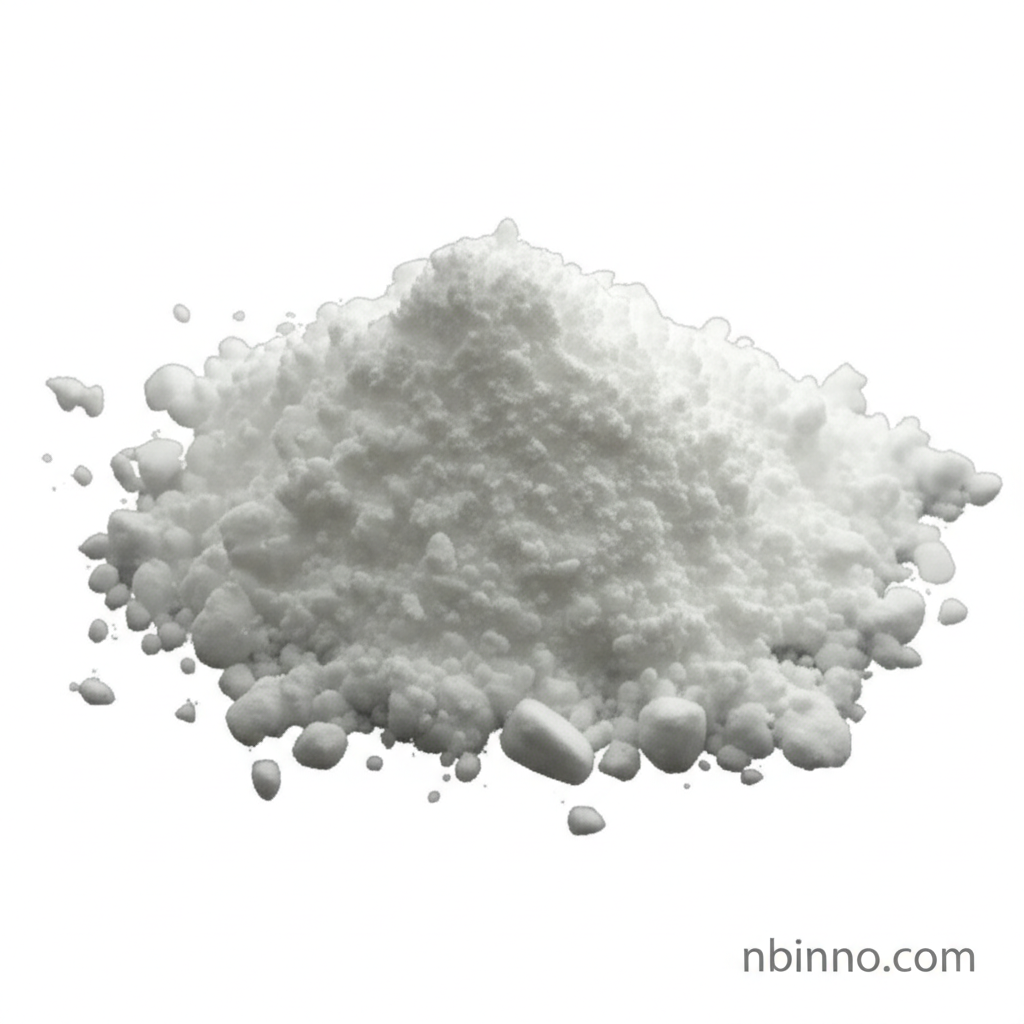7-Chloro-2-methylquinoline: A Key Intermediate for Pharmaceuticals, Agrochemicals, and Materials Science
Unlock innovation with this vital organic chemical intermediate, driving advancements in healthcare and industry.
Get a Quote & SampleProduct Core Value

7-Chloro-2-methylquinoline
As a significant organic chemical intermediate, 7-Chloro-2-methylquinoline (CAS 4965-33-7) is a cornerstone for numerous advanced chemical syntheses, particularly within the pharmaceutical and agrochemical sectors. Its unique molecular structure, featuring a quinoline ring with specific halogen and methyl substituents, imparts high reactivity and versatility, making it an indispensable building block for creating complex bioactive molecules and functional materials.
- Leverage the unique chemical properties of 7-chloro-2-methylquinoline to advance your drug discovery programs, especially for conditions like asthma and malaria.
- Explore the synthesis of Montelukast intermediate using high-quality 7-Chloroquinaldine, ensuring purity and efficacy in your production processes.
- Utilize the versatile applications of halogenated quinoline derivatives to develop innovative solutions in materials science and agrochemicals.
- Discover the essential role of 7-Chloro-2-methylquinoline in organic synthesis, facilitating critical reactions for the development of new chemical entities.
Key Advantages It Brings
Versatile Synthesis Capabilities
The distinct structural features of 7-Chloro-2-methylquinoline enable its use in a wide range of organic syntheses, including metal-catalyzed cross-coupling reactions, making it a preferred choice for complex molecular architecture.
Crucial Pharmaceutical Intermediate
Its role as a key intermediate in the synthesis of pharmaceuticals, such as the antiasthmatic Montelukast Sodium Salt, underscores its importance in developing life-saving and improving medications.
Broad Industry Applications
Beyond pharmaceuticals, this compound finds utility in agrochemicals and materials science, demonstrating its broad applicability and value across diverse industrial sectors.
Key Applications
Pharmaceutical Synthesis
As a crucial intermediate, it's vital for synthesizing a range of pharmaceutical compounds, contributing to treatments for various diseases.
Agrochemical Development
Its unique properties are explored for creating effective pesticides and herbicides, enhancing crop yields and agricultural productivity.
Materials Science
The compound's stability and reactivity make it valuable for developing advanced materials, including polymers and components for electronic devices like OLEDs.
Cosmetic Ingredients
It also finds use as a raw material in cosmetic formulations, contributing to hair care and oral care products.
